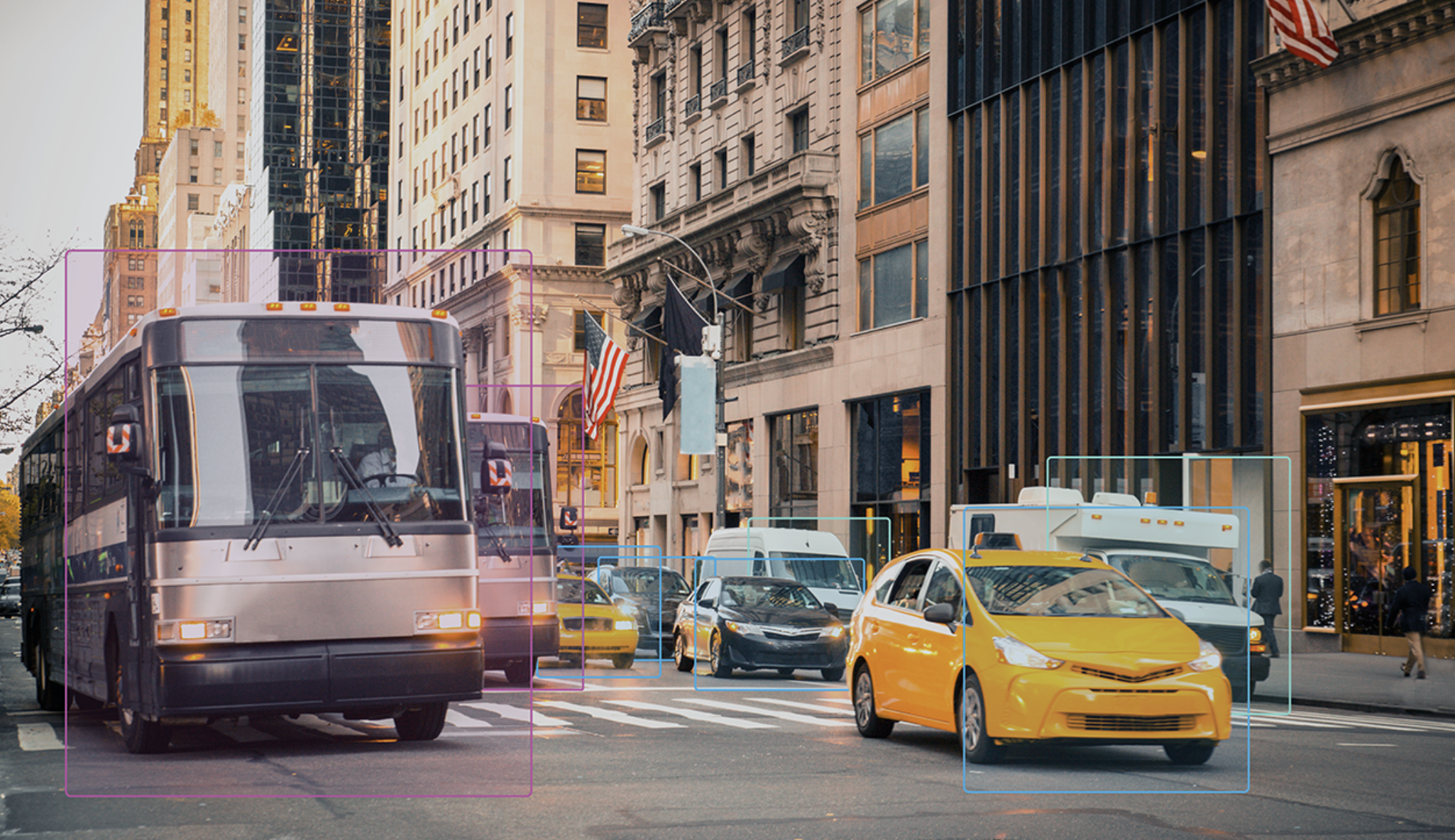U.S. DOT estimates that total freight volume in the country will grow 45 percent by 2040. If that sounds like a reasonable guess that will help plan for the future, think again.

Predictions about freight growth usually turn into justifications to widen highways. David Levinson, an engineering professor at the University of Minnesota, says at his blog the Transportist that we should be very skeptical of these freight volume projections:
Why should population increase by some 22% and freight twice as much over this period?
Well, certainly there is a rise in teleshopping, so local logistics will increase. The amount of this is unclear. Currently e-shopping is on the order of (and under) = 10% of retail sales, but it is growing.
There are several aspects of this. There is the shipment from factory to distribution center, from one distribution center to another, and from the final distribution center to the final destination (usually home), the “last mile." If the total goods consumed remain the same, the first two stages are essentially unchanged.
If the freight delivery system currently covers every street (that is the UPS guy comes down your street once a day, every day), it will continue to cover every street, just with more vehicles dispatched from the dispatch center to the last mile(s), as with more deliveries there will be more trucks dispatched and each truck will have a shorter, but more intensive route. Ignoring automation in this field (and surely there will be some), once the appropriate optimizations are made in terms of grouping shipments, this still has to be more efficient than individuals going out and coming back from shopping trips.
Shopping trips declining counts as a reduction in personal travel, and UPS shipments count as an increase in freight, but how much is this? Shopping is less than 10% of personal travel.
There is then the question of whether more material will be consumed overall. My sense is that total matter shipped should decline on a per capita basis. By the time period in question, 2040, the US should be off of coal and oil, replaced with renewable electricity (whose transmission does not count as transportation, unlike coal, oil, or gas). This will decimate the railroad industry, who will then try to move into markets now served by trucks.
Further think about things you use. Many of them are smaller than their equivalent 25 years ago (phones, TVs, computers, cars). Now we may have more of them, and we might need more furniture to occupy our large houses, but that is relatively small in the scheme of things, most freight are things which are consumed daily (food products, energy), not long term capital goods.
The net is uncertain, we cannot know whether freight shipments will grow faster or slower than population, but to predict, nay assert, a 45% increase is an assumption that should be pushed back on. It is used to justify government investments in highways (and ports and railroads to a lesser extent) for freight that can no longer be justified based on rising per capita passenger travel.
Elsewhere on the Network today: Greater Greater Washington explains how zoning rules trap poor people in poor states. As the DC Streetcar gears up for Sunday service, Rebuilding Place in the Urban Space provides an update on its performance. And Seattle Bike Blog reports that a new rule will require 72 hours notice for a construction closure of a bike lane or neighborhood greenway.





